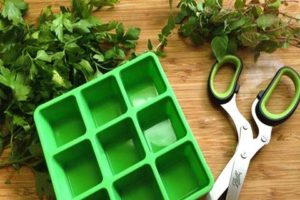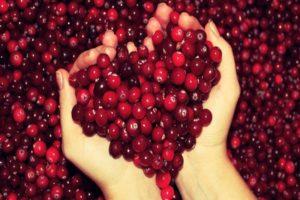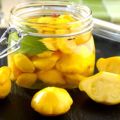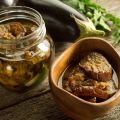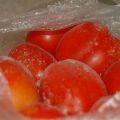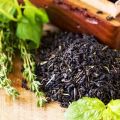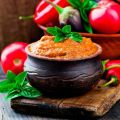TOP 10 recipes for the correct freezing of vegetables for the winter at home with your own hands
More and more gardeners are engaged in freezing vegetables for the winter at home. This is a quick way to prepare for the winter. Products retain the maximum amount of nutrients. Supermarket shelves are filled with all kinds of frozen fruits and vegetables. But what could be better and tastier than strawberries, cherries, cabbage and zucchini grown in our own country house.
Content
- 1 Why freeze
- 2 General rules for freezing
- 3 Packaging for storing food in the freezer
- 4 How to choose and prepare vegetables for the winter correctly
- 5 Why blanch vegetables before freezing
- 6 What vegetables can be frozen at home
- 7 DIY vegetable mix recipes for freezing
- 8 Defrosting rules
- 9 Application of frozen food
A bountiful harvest requires immediate processing. And the next wave of vegetables ripens in the beds. The gardener often does not have enough time for pickling and salting. And it is not difficult to put semi-finished products into the freezer chest and does not take much time.
You can freeze almost everything that grows in the country and gives a harvest: greens, berries, fruits and vegetables. The main thing is to follow the rules. Then the blanks will delight you in the long cold winter.
Why freeze
Harvest preservation is the main task of the gardener. Summer and early autumn are a hot season. Vegetables and berries require immediate processing. The summer resident does not always have enough time to prepare pickles and marinades.
Freezing food comes to the rescue. Almost every garden house has a refrigerator and freezer. And it will take a little time to prepare and lay the raw materials.
The advantage of frozen products is the preservation of vitamins. Most of them are destroyed during heat treatment. And this way of storing food makes semi-finished products useful.
Not all gardeners have enough storage space for pickles and marinades. Some (mushrooms) should not stand at room temperature. And frozen canned food is compact.
You can buy almost any vegetable mixture at the store. But products grown in their own garden and frozen on their own are much tastier.
General rules for freezing
To get high quality vegetables, freeze them according to the rules. This will keep the color and presentation.Vegetables correctly selected and placed in the chamber have a characteristic consistency and are easy and simple to cook.

At what temperature are vegetables frozen
The prepared raw material is placed in the freezer in the "quick freeze" mode. It is -25 degrees Celsius. After freezing (about an hour), the temperature is raised to -23 degrees.
Features of storing food in the freezer
It is not enough to simply store the crop. You need to have the right food to prepare delicious meals in winter. To obtain high-quality semi-finished products, you should follow the recommendations:
- It is necessary to follow the rule of commodity neighborhood. Frozen vegetables should not be stored in the same compartment as meat, fish or mushrooms. If the latter is damaged, the vegetables will remain edible.
- Before storing, drawers and shelves should be thoroughly washed and dried.
- It is recommended to write the type of workpiece and the date of storage on the packaging This is required to quickly revise the contents of the freezer.
- Drawers and shelves are filled as tightly as possible. But pre-frozen semi-finished products should be stacked. The layers of raw food freeze up: it becomes impossible to pull them out.
- Mixes should be packed in containers for portion use: they are difficult to get out of large bags. Do not re-freeze defrosted food.

You should not try to freeze the entire crop as a whole: any harvesting has a shelf life. It's a shame to throw away what you didn't have time to eat.
Storage periods
Gardeners often neglect the shelf life of frozen foods. It's not safe. Even at sub-zero temperatures, bacteria live and multiply. The cold only slows down their development. Using refrigeration beyond the expiration date may be harmful to health.
When vegetables are stored at temperatures from -23 to -18 degrees Celsius, the products retain their beneficial properties for a year. At negative temperatures above -18 - vegetables can be eaten without fear for 8 months.
Each chest freezer has a temperature sensor. You should regularly pay attention to its values.
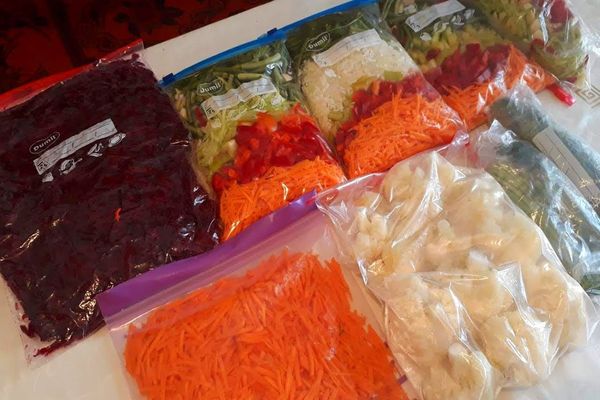
Packaging for storing food in the freezer
Only food-grade packaging should be used for freezing. Cellophane freezer bags are ideal. Raw materials are laid in them, air is expelled. Flat containers are easily stacked.
Some gardeners use food containers. They must be marked accordingly. The container is filled with chopped vegetables and covered with lids. Rectangular containers of equal size fit snugly on the shelves.
How to choose and prepare vegetables for the winter correctly
The quality of frozen products depends on compliance with the rules for storing. Basic recommendations should be followed:
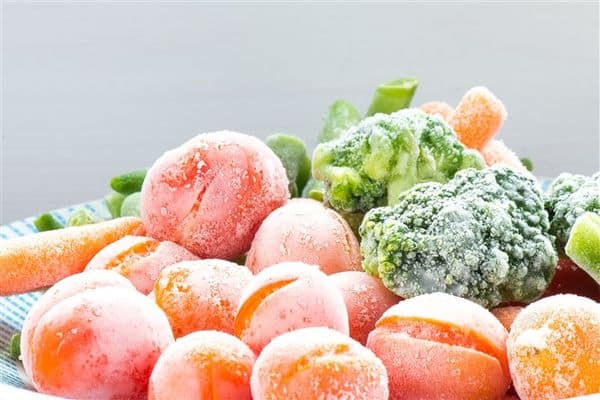
- Take ripe vegetables with intact skin. The presence of rot or stains is unacceptable.
- Wash food thoroughly in hot water before placing it. Then spread out to dry. Excess moisture reduces the quality of the workpieces.
- The dense skin should be peeled off, the seeds from the middle should be removed, the stalks should be cut off.
- Blanch if necessary. This operation will preserve the marketability of raw materials.
- Store the workpiece in a tightly closed container: this will prevent the vegetables from drying out.
Vegetables are frozen, either cut or whole. It depends on the intended use and the place in the freezer.
What kind of dishes do you need
Use only specially marked plastic containers for placing in the chest freezer. This will keep it from cracking and the vegetables from spoiling.
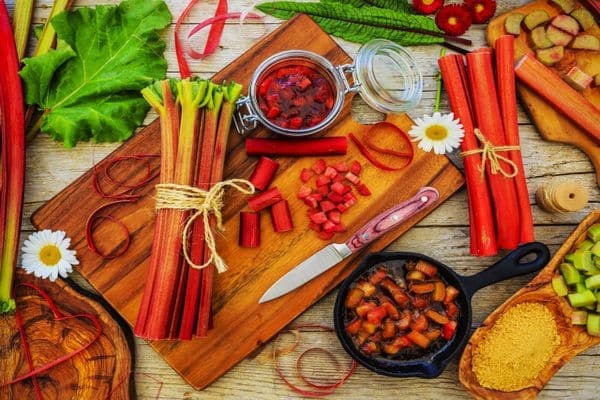
It is permissible to use glass or porcelain dishes at intermediate stages. Juicy vegetables (tomatoes) are laid out on them. From above, the dishes are tightened with cling film to prevent freezing. After an hour, the frozen pieces are transferred to a container.
Do I need to wash vegetables before freezing
It is assumed that the frozen food is completely ready for cooking. After defrosting, you can immediately make a side dish or appetizer from them. Therefore, the laid vegetables must be washed in hot water. A brush is recommended for heavily soiled food.
Why blanch vegetables before freezing
Blanching - alternately immersing vegetables in boiling water and cold water. It is performed within 2-5 minutes. With prolonged operation, the product becomes boiled.

Blanching is a necessary part of the freezing process for some foods. It allows you to keep the presentation. Cauliflower without this operation changes color from white to gray. It becomes unpleasant to eat it.
Some vegetables, when blanched, acquire the missing density. This prevents the pieces from sticking together.
What vegetables can be frozen at home
Almost all vegetables grown in the garden are subject to freezing. But they need to be properly prepared for storage. Foods often look appealingly fresh, but removed from the freezer do not make you want to eat them. The mass has an incomprehensible consistency and a strange color.

The reason is a violation of the procurement rules. Fruits were selected green or overripe, damaged by insects. The temperature inside the chest was too high or unstable. The packaging has been damaged during insertion. To avoid disappointment, you should carefully follow the rules for sorting, processing and setting vegetables.
Tomatoes
Berries are frozen in several ways:
- Peel the peel from the tomatoes. Cut large tomatoes into pieces, remove the seed chambers together with the partitions. Place the remaining dry parts in a plastic container and place in the freezer. Tomatoes are used for fresh consumption and cooking.
- Cherry tomatoes are frozen whole. Sort the berries, wash and place in a plastic bag.
- Cut the tomatoes into slices and place on a glass dish in one layer. Cover with cling film. After freezing (after 60 minutes), the tomatoes should be carefully removed and transferred to a plastic bag.
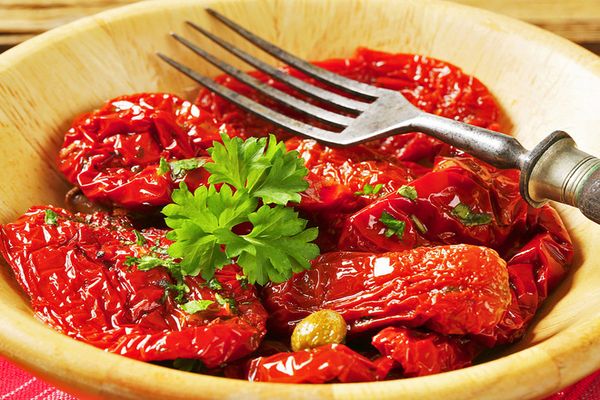
Thawed tomatoes taste the same as fresh ones.
Cucumbers
Cucumbers are also suitable for freezing. Better to use salad varieties. Zelentsy should be cut into pieces, rings or strips. Then place in containers. This is a semi-finished product for winter salads. But it is recommended to use the product within six months.
Bell pepper
Bell peppers are frozen for winter stuffing or additives in stews, soups. In the first case, the stalks are removed from the peppercorns and the seeds are cleaned. The fruits are inserted into each other and placed in plastic bags. The pepper is ready for stuffing.
In the second case, the fruits are cleaned of seeds and cut into cubes or strips. Sliced tightly fill the container and put it in a chest freezer.
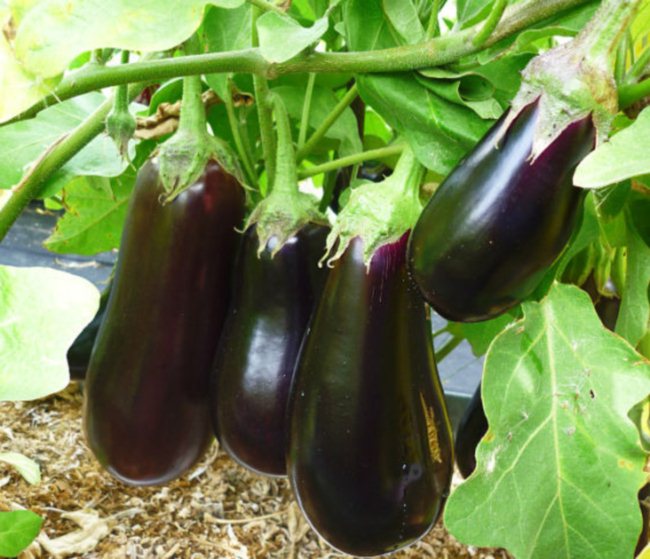
Some gardeners immediately fill the peppercorns with minced meat or vegetables. When using meat, the shelf life should not exceed 3 months.
Eggplant
This representative of the nightshade has a rough and bitter skin. It needs to be cleaned off. Then the fruits should be blanched for 5-7 minutes. After all the preparatory operations, the eggplants are cut and frozen.
For stuffing, the fruits are cut in half lengthwise and frozen in this form.
Green peas and milky corn
Green pea and milky corn are favorite ingredients in winter salads. We freeze the components ourselves:

- plowing cobs (three of them against each other) and pods;
- put in bags;
- we tie tightly.
The result is a great addition to salads and soups.
Cabbage
Broccoli, cauliflower, kohlrabi and Brussels sprouts are suitable for harvesting. Broccoli and color are disassembled into inflorescences, cut off the legs. Then blanch for 3 minutes.Dry and freeze cabbage in a plastic bag.
Brussels - disassemble into heads of cabbage, clean from the covering leaves and also blanch. Dry and freeze.
We clean the kohlrabi from the dense skin and rub it on a coarse grater. Then we put it in a plastic container and put it in the freezer. Freeze the released juice with cabbage. In winter, it is used to make soups and sauces.
Zucchini, squash, pumpkin
It is easy and pleasant to harvest melons and gourds. They must first be cleaned and seeds removed. For stew, vegetables must be cut into cubes, for stuffing - with washers (with a cleaned center). Divide the vegetables in portions (for one cooking) in bags and freeze.
Green beans
Black Eyed Peas used to prepare various dishes. It's nice to have it on the menu in winter.
Pods should be sorted, damaged pods should be discarded. Then cut off the stems and tips. Cut large into pieces. The pods need to be blanched in salted water. The processing time is 3 minutes. Then they should be dried on a paper towel. After all the steps, put the product in bags and put in a chest.
Ginger
It is a popular spicy and healthy food additive. The root can be frozen in the following ways:
- In a freezer freezer, the food is frozen whole. It is washed, dried and placed in a plastic bag.
- Gardeners use grated ginger for cooking. The root is washed, peeled and grated. Then they are carefully laid out on a platter and covered with foil. After 60 minutes, the frozen hemispheres are laid out in a bag or container and placed in storage.
- Ginger can be frozen chopped. The root is washed, peeled and cut into the desired pieces. They are placed in a bag and frozen.
In the first case, after thawing, the root should be cleaned.
Turnip
Turnip is included in the dietary menu. It is added to soups, stews. Turnips are garnished with meat dishes.
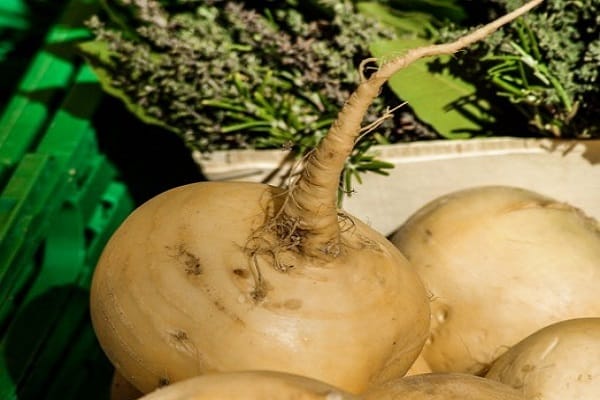
Freezing a root vegetable is easy. First, it is washed, peeled. Then cut into cubes and blanch for 3 minutes. The dried pieces are placed in a plastic bag and frozen.
Zucchini
This representative of melons frozen similarly to zucchini, squash and pumpkin.
Potatoes
Often the gardener does not have time to peel potatoes. And so you want to cook fries or just fried! Freezing for future use will solve the problem.
First place the peeled potatoes in cold water for 30 minutes. Some of the starch will settle to the bottom: this will preserve the taste of the roots when frozen.
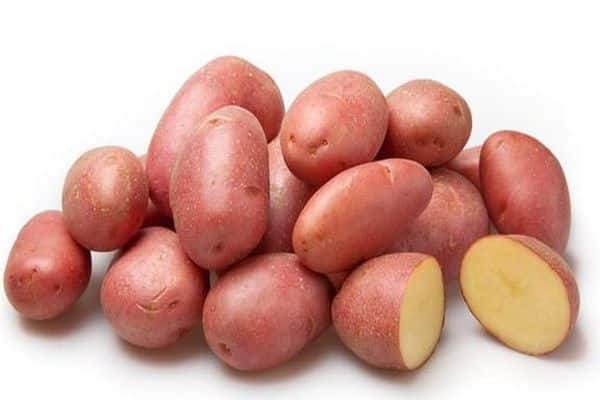
Then cut the tubers into slices and blanch for 5 minutes. Dry on a paper towel, pour into a bag and store in a chest.
It is important to choose potatoes with a low amount of starch: freezing will be tastier.
Corn
To freeze this product, choose ears with a waxy degree of maturity. Too young or completely ripe are not suitable: when frozen, they lose their presentation.
Some gardeners freeze corn on the cob. To do this, the heads of cabbage should be cleaned of covering leaves. Then wash and blanch for 5 minutes. Put the ears in freezer bags (2-3 pieces each) and place in a chest.
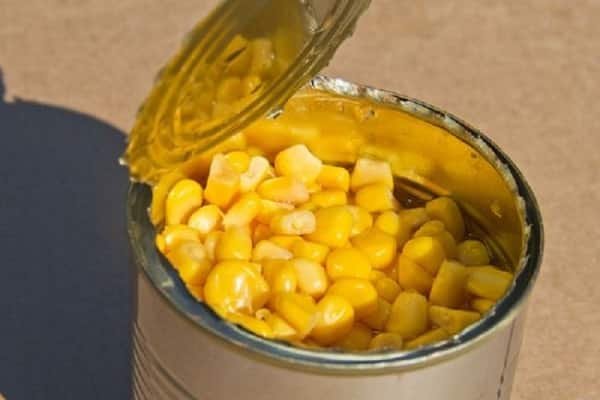
The second way is to freeze the beans. Heads of cabbage should be husked, grains should be cleaned of pieces of stem and debris. Then collect in a colander and blanch for 3 minutes. Pour the seeds onto a spread paper towel and pat dry for 30 minutes. Divide dried corn into sachets, seal tightly and mark in a chest.
The second method saves space in the freezer. But it is more time consuming.
Other vegetables
It is convenient to freeze small carrots and beets. Root vegetables should be washed, peeled, sliced and placed in containers or sachets.
DIY vegetable mix recipes for freezing
Supermarket shelves offer mixes for all tastes. But it's more pleasant to compose recipes yourself from products grown in the garden. The proportions of ingredients depend only on the taste and desire of the gardener.
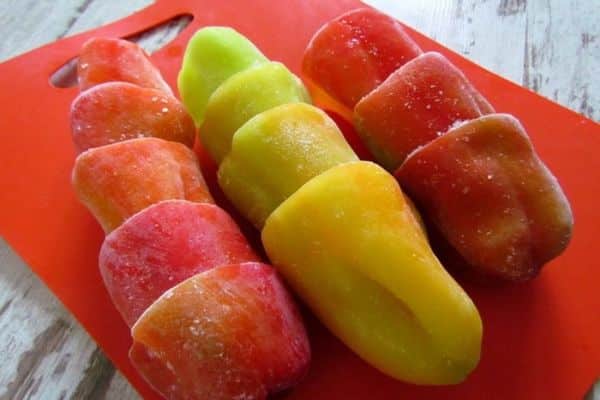
All vegetables should be separately prepared for freezing. Then they are connected, sealed and stored.
Paprikash
This recipe came from the Balkans. The mixture consists of sweet peppers, zucchini (you can substitute zucchini), tomatoes (any color can be) and green beans... The proportions are arbitrary.
Peel and chop the courgettes and bell peppers. Blanch the beans for 3 minutes in salted water, then pat dry on a towel. Cut out partitions and seed chambers in tomatoes. Mix everything in a large bowl and arrange in bags. Place in a chest.
Rustic vegetables
Mix composition:
- onion;
- Bell pepper;
- broccoli;
- corn;
- green beans;
- carrot;
- potatoes.
All vegetables are prepared separately. Blanch potatoes, beans, broccoli and corn. Then cut the ingredients into random pieces, mix in a bowl, arrange in bags and freeze.

Lecho
Some gardeners cannot imagine their menu without this mixture. It consists of tomatoes and sweet peppers. The seed chambers and partitions should be cut out from tomatoes. For pepper, remove seeds. Chop randomly, mix and freeze.
Spring mixture
This mixture is actively used not only in spring. Vitamins are needed in slushy autumn and cold winter.
You should prepare:
- green pea;
- cabbage (broccoli, cauliflower, and Brussels sprouts);
- carrot;
- onion;
- potatoes.
Vegetables are prepared for freezing separately. The cabbage and potatoes are blanched. The ingredients are then mixed and stored.

Hawaiian mix
This mixture includes rice. Composition:
- onion;
- potatoes;
- rice;
- green pea;
- pepper;
- corn.
Rice should be boiled in salted water until half cooked. Blanch potatoes and corn. Cut vegetables into arbitrary pieces, add together with boiled and chilled rice in a bowl, mix. Then arrange into containers and store.
Mexican platter
The mixture has a wide range of ingredients. It consists of:
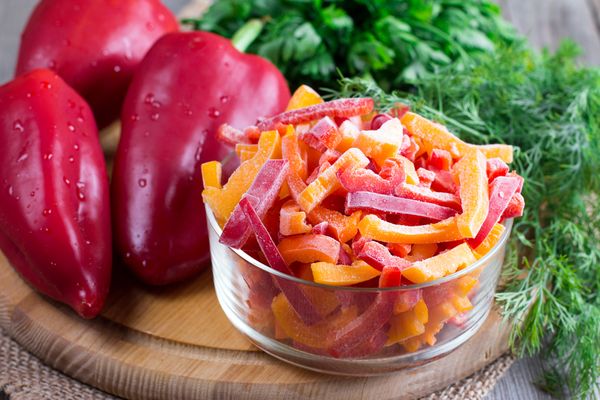
- carrots;
- green beans;
- sweet multi-colored pepper;
- corn;
- eggplant;
- red beans;
- green peas;
- Luke;
- root celery.
Beans (green and red), corn, eggplant and root celery are prepared for freezing and blanched. Then the ingredients are dried on a towel. The rest of the vegetables are cut. All are mixed in a deep bowl, laid out in containers and stored.
Defrosting rules
Frozen vegetables must be properly defrosted to prepare delicious and nutritious meals.
The workpieces should be placed in a deep dish and placed on the lower shelf of the refrigerator. This natural defrosting will preserve maximum vitamins.
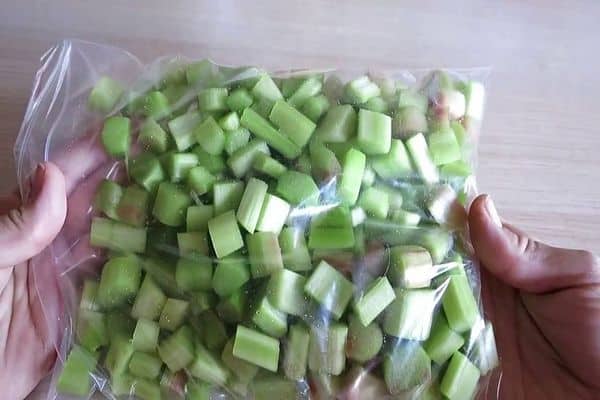
Defrosting at room temperature leads to the loss of vitamins, juice and presentation.
Application of frozen food
Frozen vegetables and mixtures are used along with fresh foods. They are used to prepare: soups, salads, sauces and side dishes. To get tasty and healthy meals, it is recommended to follow the rules for freezing, storing and defrosting food.
